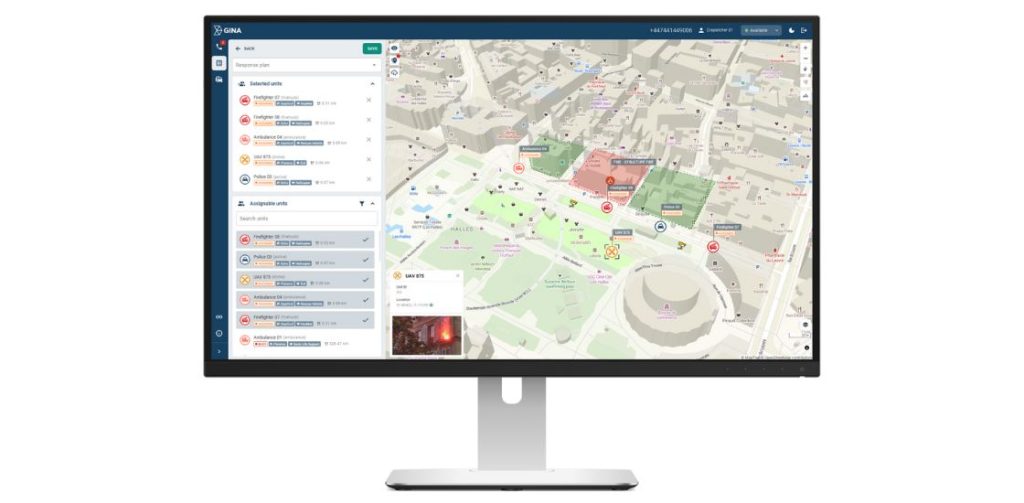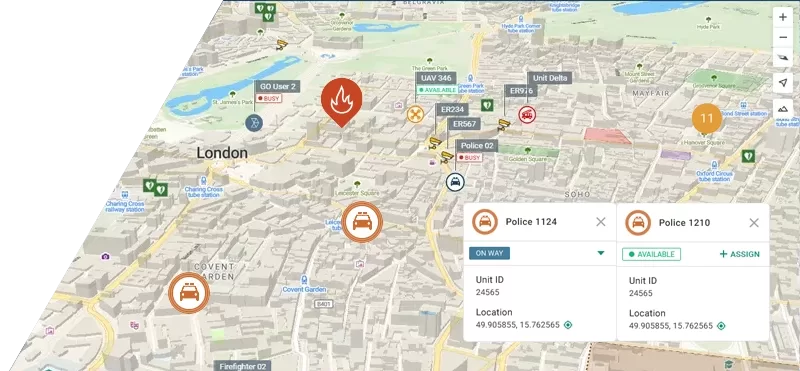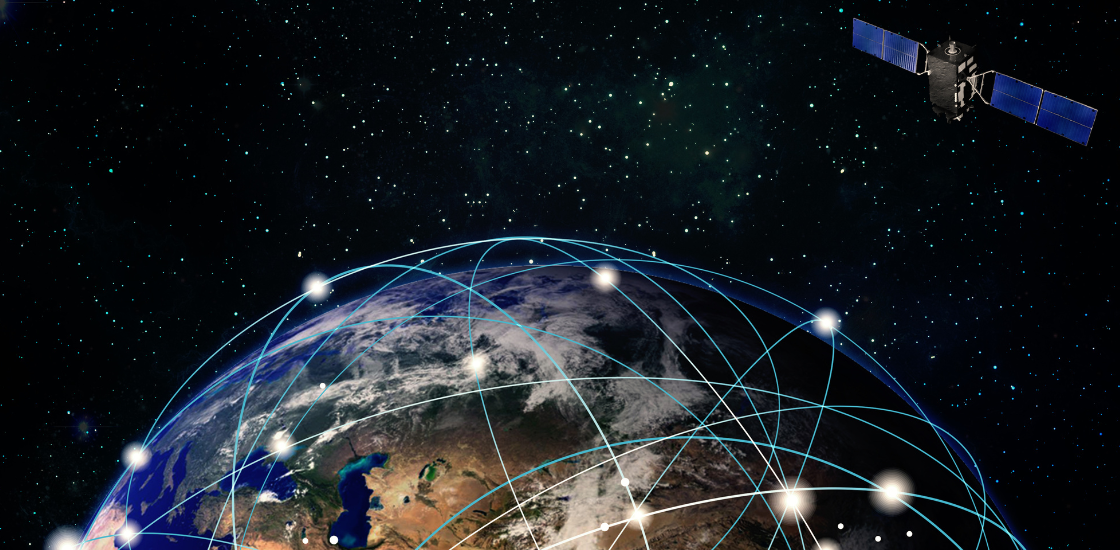Table of Contents
- What is the EMS Call Log?
- Integrating Technology: The Role of Computer Aided Dispatch
- What are the key features?
- Benefits of the EMS Call Log System
- Real-Life Impact: When Every Minute Counts
- Training and Transparency
- Challenges and Considerations
- The Future of EMS Logging
- Frequently Asked Questions (FAQ)
What is the EMS Call Log?
The EMS Call Log refers to the real-time, structured call recording system of emergency services. This system serves multiple purposes:
- Incident Tracking: Logs all emergency calls received by dispatch.
- Resource Management: Tracks which units are deployed and available.
- Performance Review: Enables supervisors to assess response effectiveness.
With growing urban populations and increasing emergency call volumes, a reliable system like the KW EMS Call Log becomes indispensable.
Integrating Technology: The Role of Computer Aided Dispatch
To enhance the performance of the EMS Call Log, emergency services have embraced Computer-Aided Dispatch like Smart CAD. Smart CAD systems automate and simplify data collection, resource deployment, and communication, taking traditional dispatch systems to the next level.
Here’s how Smart CAD enhances the call Log:
- Automated Data Entry: Captures caller location, call type, and emergency level in real-time.
- Inter-Agency Communication: Seamlessly shares information with police, fire, and hospital systems.
The integration of Smart CAD with the EMS Call Log transforms it into a dynamic decision-support tool rather than a passive database.

Key Features of a Modern EMS Call Log
Whether it’s KW or any modern municipality, an advanced EMS Call Log shares common features that improve emergency outcomes:
1. Real-Time Updates
Every call and response is updated live, ensuring dispatchers and responders have the most current information.
2. Search and Filter Capabilities
Need to analyze cardiac-related incidents in a specific neighborhood over the last month? Advanced filters make it possible.
3. Performance Metrics
Analyze how quickly teams respond to different types of emergencies, identifying areas needing improvement.
4. Audit Trails
Detailed logs provide full traceability, which is essential for quality control and legal reviews.
Benefits of the EMS Call Log System
The Call Log provides more than just a history of events—it actively supports better emergency responses. Here are some tangible benefits:
- Faster Dispatch Times: With Smart CAD integration, dispatchers respond more swiftly and accurately.
- Better Resource Allocation: Knowing which units are available or closest improves decision-making.
- Reduced Human Error: Automated logging minimizes missed information or manual errors.
- Data-Driven Insights: Helps agencies refine protocols, staff shifts, and training based on real-world data.
Real-Life Impact: When Every Minute Counts
Imagine a scenario: a severe car crash occurs on a highway. Within seconds, the Call Log records the incoming 911 call. Smart CAD cross-references GPS data and dispatches the nearest EMS unit while suggesting the quickest route avoiding a construction zone.
By the time responders arrive, they already have critical patient data sent from the dispatcher. The call log tracks every step—from dispatch to hospital arrival—ensuring seamless coordination and post-incident analysis.
This is not science fiction; it’s the real-world power of a connected EMS call log system.
Training and Transparency
Another underappreciated advantage of the Call Log is its use in training and transparency. Supervisors can use logs to:
- Train new staff using actual scenarios.
- Conduct post-incident reviews for learning.
- Provide transparency to stakeholders, including municipal leaders or the public.
Having a reliable call log enhances trust, professionalism, and public safety accountability.
Challenges and Considerations
While technology-driven Call Logs offer enormous benefits, there are challenges:
- Privacy Concerns: Logs contain sensitive data and must be encrypted and access-controlled.
- System Downtime: Any interruption in the digital system could hinder operations.
- Training Requirements: Staff must be proficient with Smart CAD and logging software.
To mitigate these, regions invest in robust cybersecurity measures, regular system audits, and continuous staff education.
The Future of EMS Logging
With AI, IoT, and predictive analytics on the horizon, the EMS Call Log is poised for even greater advancements. Imagine systems that can predict call surges, optimize staffing in real time, or even initiate pre-arrival instructions using AI chatbots integrated with CAD.
As technology evolves, the core goal remains the same—saving lives, faster and smarter.
Frequently Asked Questions (FAQ)
1. What is an EMS Call Log?
An EMS Call Log is a structured, real-time digital record used by emergency medical services to track incoming calls, dispatch decisions, response times, unit assignments, and incident outcomes. It plays a crucial role in managing resources, assessing performance, and ensuring service transparency.
2. What makes the KW EMS Call Log unique?
The KW EMS Call Log integrates with Smart CAD technology to provide automated data capture, live updates, and advanced filtering. This allows for faster response times, better resource management, and actionable performance metrics in the Kitchener-Waterloo region.
3. How does Smart CAD enhance an EMS Call Log?
Smart CAD (Computer-Aided Dispatch) automates call logging, suggests optimized dispatch routes, and facilitates communication between EMS, police, fire, and hospitals. It transforms the EMS Call Log from a simple record-keeping tool into a proactive support system.
4. Can EMS Call Logs improve emergency response?
Yes. By providing real-time updates, tracking resource deployment, and analyzing past response data, EMS Call Logs help improve the efficiency and effectiveness of emergency response operations.
5. Are EMS Call Logs secure?
Absolutely. EMS Call Logs contain sensitive personal and medical data. Systems like those used in KW are secured with encryption, access controls, and cybersecurity protocols to protect patient privacy and comply with regulations.










